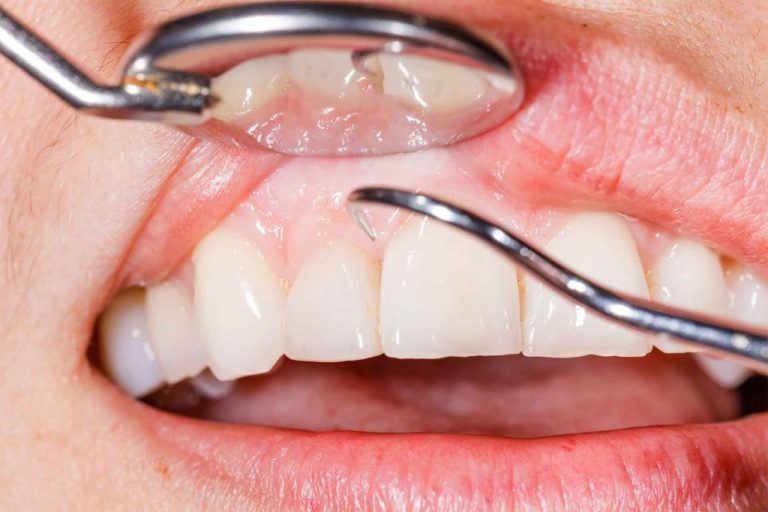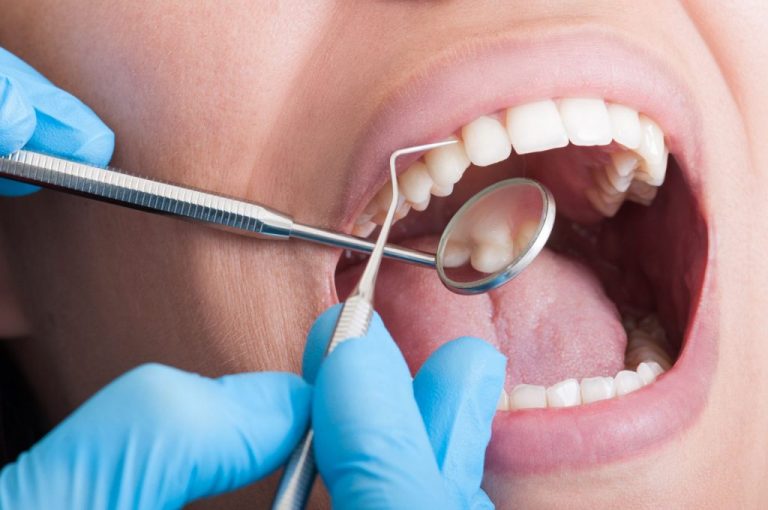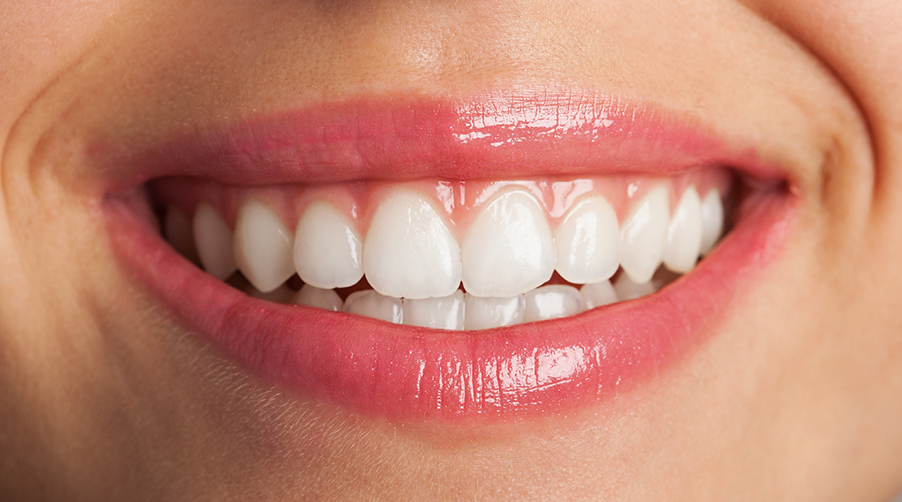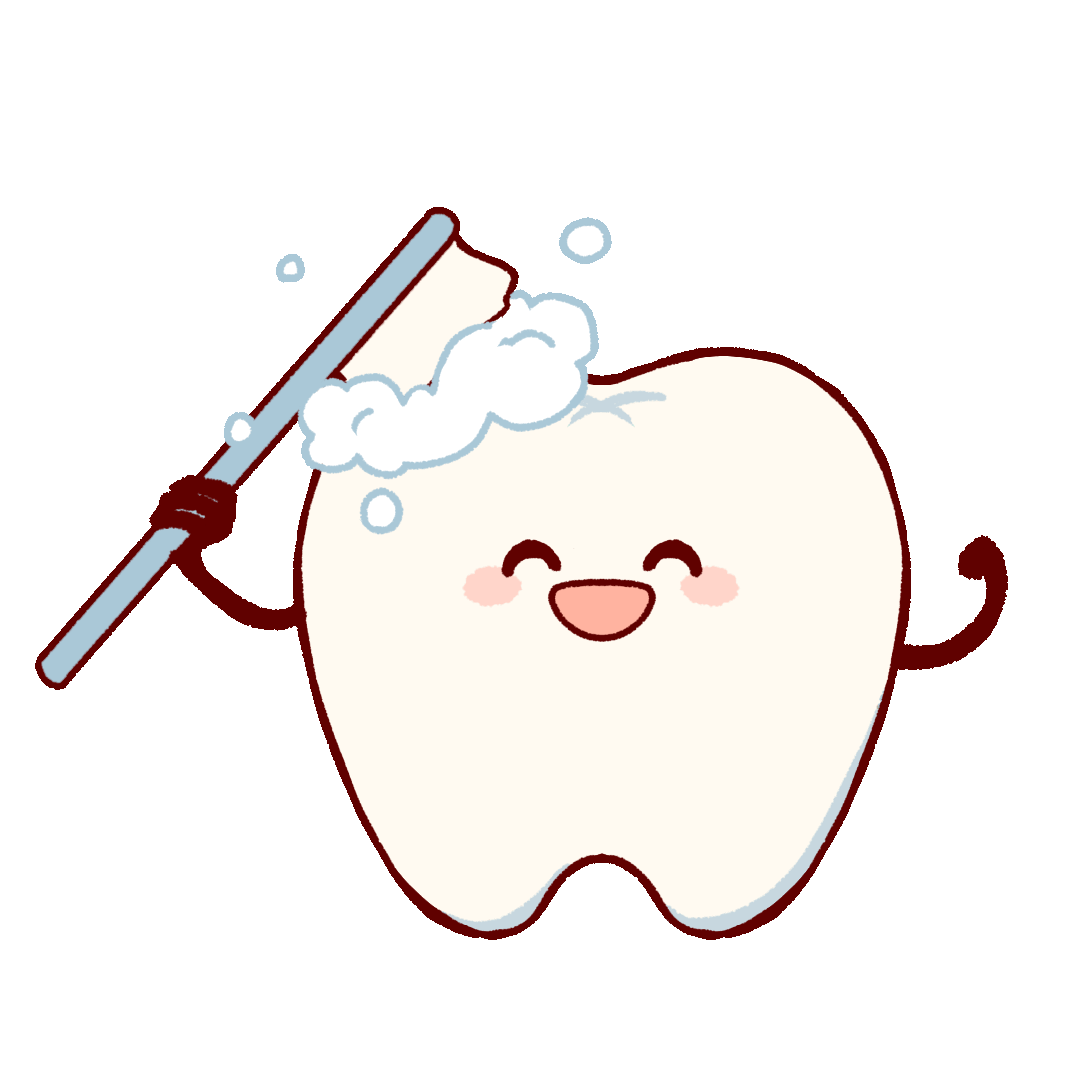servizio unico
Impianti Dentali
unique service
Periodontology
Pyorrhea, periodontitis, periodontitis, or periodontal disease? 15% of the population suffers from a serious form of periodontitis.
Periodontology:
Piorrea (parodontosi)
Pyorrhea is an infection that affects the bone that supports the teeth, and can lead to tooth loss. The cause of pyorrhea (periodontitis) are millions of bacteria that live in our mouth. Statistics show that 30% to 40% of the population suffers from this disease. Pyorrhea is the primary cause of tooth loss in adults. Unfortunately, pyorrhea (periodontitis) is an insidious disease that often comes with mild symptoms, and so most people don’t notice it until it’s too late.

Periodontology in Albania:
Pyorrhoea (periodontosis) – causes and diseases
Periodontal diseases (pyorrhoea) are inflammations that cause the destruction of the tissues that hold the teeth, gums, bone and periodontal ligament (which connects the teeth to the bone). The inflammatory alteration of the gums is called gingivitis, and if the inflammation involves deeper structures we talk about pyorrhea (periodontitis). The cause of these diseases, first of all, is poor hygiene of the oral cavity, i.e. the accumulation of bacteria (plaque), then tartar, food residues and poorly made prosthetic replacements. Periodontitis (pyorrhoea) is also a hereditary disease. Periodontal diseases (pyorrhoea) can occur as a consequence of some systemic diseases (diabetes, leukemia, AIDS, etc.) or due to bad habits such as cigarette smoking. Before starting with periodontal therapy, we educate the patient in detail about the disease, as well as about correct oral hygiene, as it is important that the patient cooperates and is motivated.
Periodontal pocket
If the inflammation of the gum persists, the gum will slowly begin to recede, and the so-called periodontal pocket will form. Once the pocket has developed, it takes a lot of effort to heal it


Periodontology: Loosening of the teeth
Further progression of the disease leads to degradation of the periodontal ligament and supporting bone. The situation is already serious and can lead to loosening of the teeth. In addition to poor oral hygiene, the genetic predisposition that causes this serious disease to develop certainly plays an important role. To prevent periodontal disease it is necessary to react in time and seek professional assistance from a periodontology specialist!. Thanks to a specialist in periodontology and modern methods, exceptional results can now be achieved, and therefore take periodontology treatment into a new dimension.
Because we are a specialized dental clinic with ISO quality certificate in periodontology, implantology, oral and prosthetic surgery. Our Center offers a complete dental service, starting from diagnostics, we are able to offer you high quality treatments and an accurate service. In the EndoDental polyclinic, with the Dentists in Albania the implant placement is performed by specialists in oral surgery and implantology with many years of experience, who carry out the work professionally and with great responsibility for each patient. In addition to the experience of the medical staff, the EndoDental polyclinic with dentists in Albania uses the cutting-edge technology of contemporary dentistry, both in the use of the latest generation equipment and machinery in the office and in the laboratory. With a high level of competence and the best service in the field of periodontology, we provide advice on oral hygiene.
The treatment of periodontal diseases (pyorrhoea) is based on the elimination of everything that causes irritation and prevents plaque from depositing, in order to eliminate gum inflammation. The treatment involves the removal of tartar and cleaning of the gum “pockets”, the removal of amalgams and poorly made fillings, as well as the replacement of old dentures. If we have an abscess, antibiotics are prescribed. Prevention of periodontal disease is done through correct tooth brushing and flossing. Advanced disease requires further treatment. There are two treatment methods, conservative and surgical, it depends on the opinion of the periodontist. If preservation methods do not give satisfactory results, then it is necessary to switch to surgical methods.
The treatment of periodontal diseases (pyorrhoea) is based on the elimination of everything that causes irritation and prevents plaque from depositing, in order to eliminate gum inflammation. The treatment involves the removal of tartar and cleaning of the gum “pockets”, the removal of amalgams and poorly made fillings, as well as the replacement of old dentures. If we have an abscess, antibiotics are prescribed. Prevention of periodontal disease is done through correct tooth brushing and flossing. Advanced disease requires further treatment. There are two treatment methods, conservative and surgical, it depends on the opinion of the periodontist. If preservation methods do not give satisfactory results, then it is necessary to switch to surgical methods.



